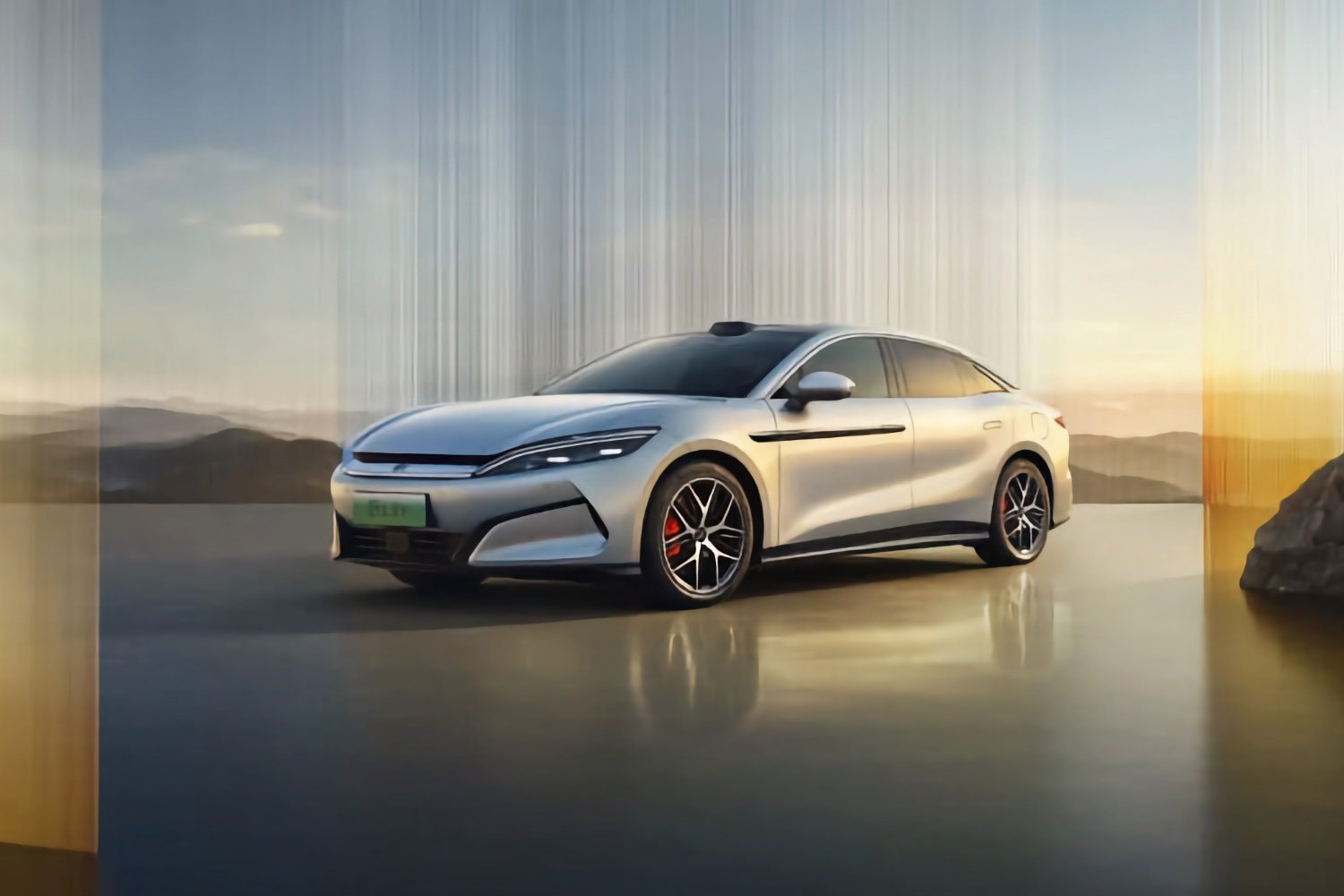It is a figure that runs the heads: 400 kilometers of autonomy in five minutes of charging. This is what BYD, the Chinese electric car giant promises, thanks to its new “flash-charging” battery and charging stations capable of providing 1 megawatt power. Said like that, it almost looks like an April Fool, except that it was announced from mid-March, so no joke.
400 km of autonomy in five minutes
This ultra-fast recharging is based on several ingredients: a new generation battery based on the “Blade” house system, a current of 1,000 amps under 1,000 volts, and especially terminals capable of following the pace. As a result, Han L and Tang L models could recover up to 400 km of autonomy in five minutes. It is faster than what Tesla superchargers offer.
To make it work, byd put on a much more robust Chinese electrical network than that of many other countries. The company plans to install more than 4,000 of these super-horns across China. There, electricity sales exploded: +38 % in 2024, with a market share that borders on 48 %. We must therefore follow the pace.
Byd did not do things halfway on the motorization side either. Its new electric motor runs at more than 30,000 turns per minute (exactly 30,511) – unheard of in a vehicle produced in series. Mounted on the Han L or the SUV LA sedan, it allows a 0 to 100 km/h in 2.7 seconds. We are not far from the time of a Formula 1, except that there, we speak of a model intended for Monsieur Tout-le-Monde…
With a two -motors version, cars reach up to 1,084 horsepower. To prevent all of this from melting, Byd also designed a liquid direct cooling system. The manufacturer has grown the detail to optimize engine windings to limit energy losses. It’s very technical, but clear: it’s fast, it does not heat too much, and it hits very hard!
Despite these impressive announcements, the chances of seeing these innovations disembark quickly elsewhere are slim. Imports of Chinese vehicles are often taxed at levels that make them far too expensive. And even without that, our electrical networks do not necessarily have the power necessary to support this kind of ultra-fast recharge.
As for the existing terminals, the fastest caps up at 350 kW and they are rare. Not ideal for supporting a transition to vehicles that are so energy -gourmet. Without forgetting a somewhat sensitive point: putting cars in all hands over 1,000 horsepower, it may not be a great idea on the security side.
🟣 To not miss any news on the Geek newspaper, subscribe to Google News and on our WhatsApp. And if you love us, .












